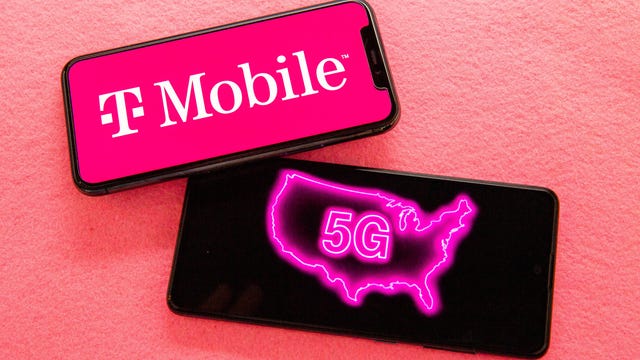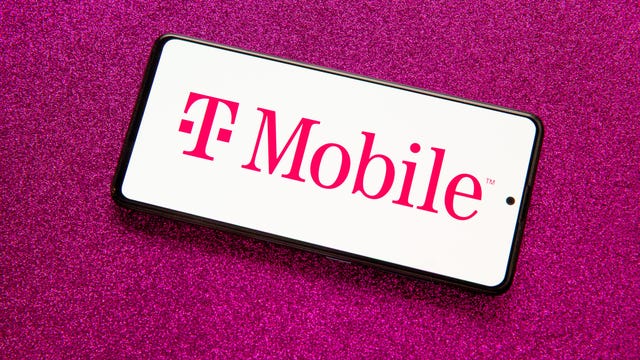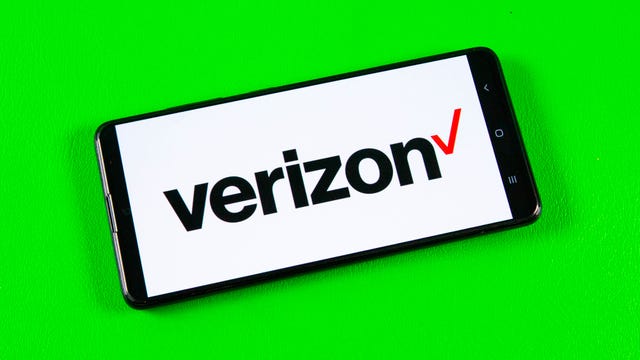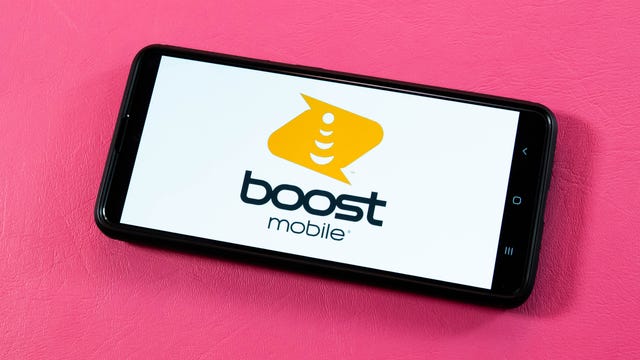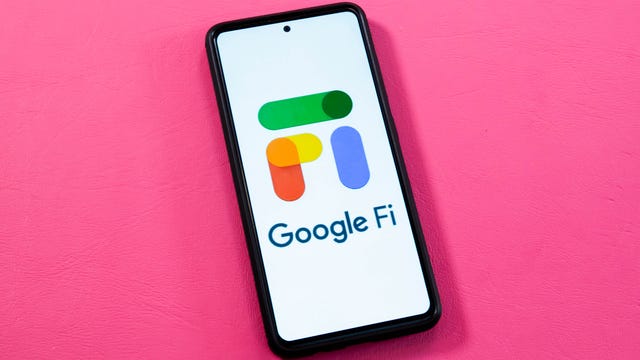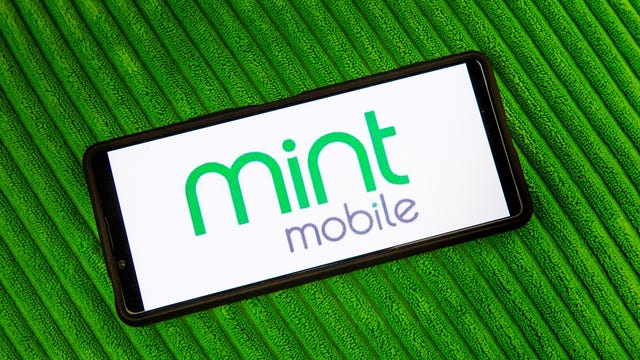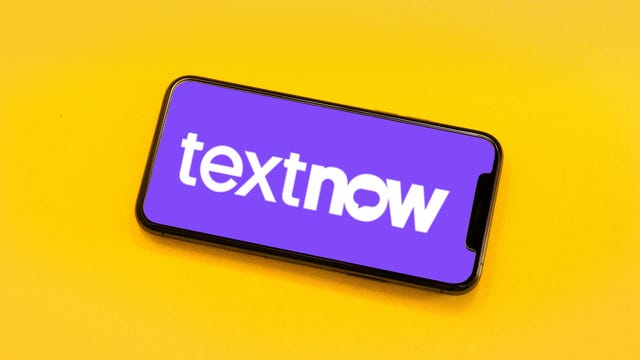With AT&T, T-Mobile and Verizon offering dozens of plans, not to mention the exponentially larger assortment from prepaid and smaller carriers like Mint Mobile, Visible and Google Fi Wireless, it’s not easy choosing the best cellphone plan out there. You could end up paying a lot more than you should without doing the right research, and no one wants to lose out on saving money.
Let’s try and fix that. We’ve been covering the latest in wireless plans across a host of providers and plans — from breaking down how to switch carriers, to the top unlimited and prepaid plans to knowing which network the smaller carriers use. Not to mention T-Mobile and Verizon’s recent plan revamps.
Here’s our guide for sorting through the madness and some of our picks for what we think are the best unlimited and prepaid plans available right now.
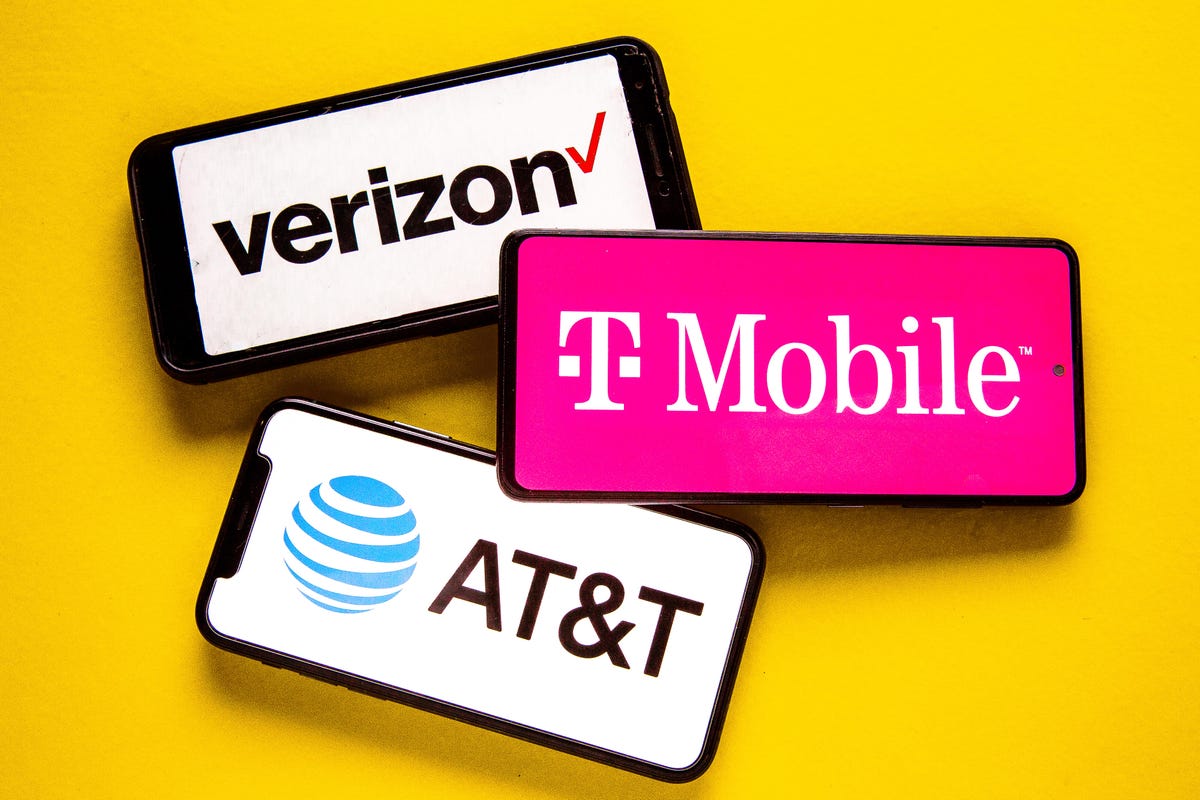
What’s the difference between “prepaid” and “postpaid” plans?
When choosing a phone plan, there are generally two main options: a postpaid carrier like AT&T, Verizon and T-Mobile (plus cable options like Spectrum Mobile and Xfinity Mobile) and prepaid providers such as Mint Mobile, Metro by T-Mobile, Google Fi Wireless and Cricket.
The difference boils down to this: With postpaid you are paying for your plan after you’ve used your service, while prepaid lets you buy that allotment in advance.
Prepaid providers are generally cheaper than postpaid options, though they also often (but not always) are more limited when it comes to additional streaming perks, hotspot data or device discounts. To get a several hundred dollar trade-in credit toward a new iPhone, Pixel or Galaxy, you often will need to commit to a postpaid plan from one of the big three carriers and be willing to stay with that provider for 24 to 36 months.
All three of the major wireless carriers also offer a variety of discounts on the plan pricing depending on age, employment, military or veteran status or if you or someone on your family plan is a nurse, teacher or first responder. You can find those details here: AT&T, T-Mobile, Verizon.

